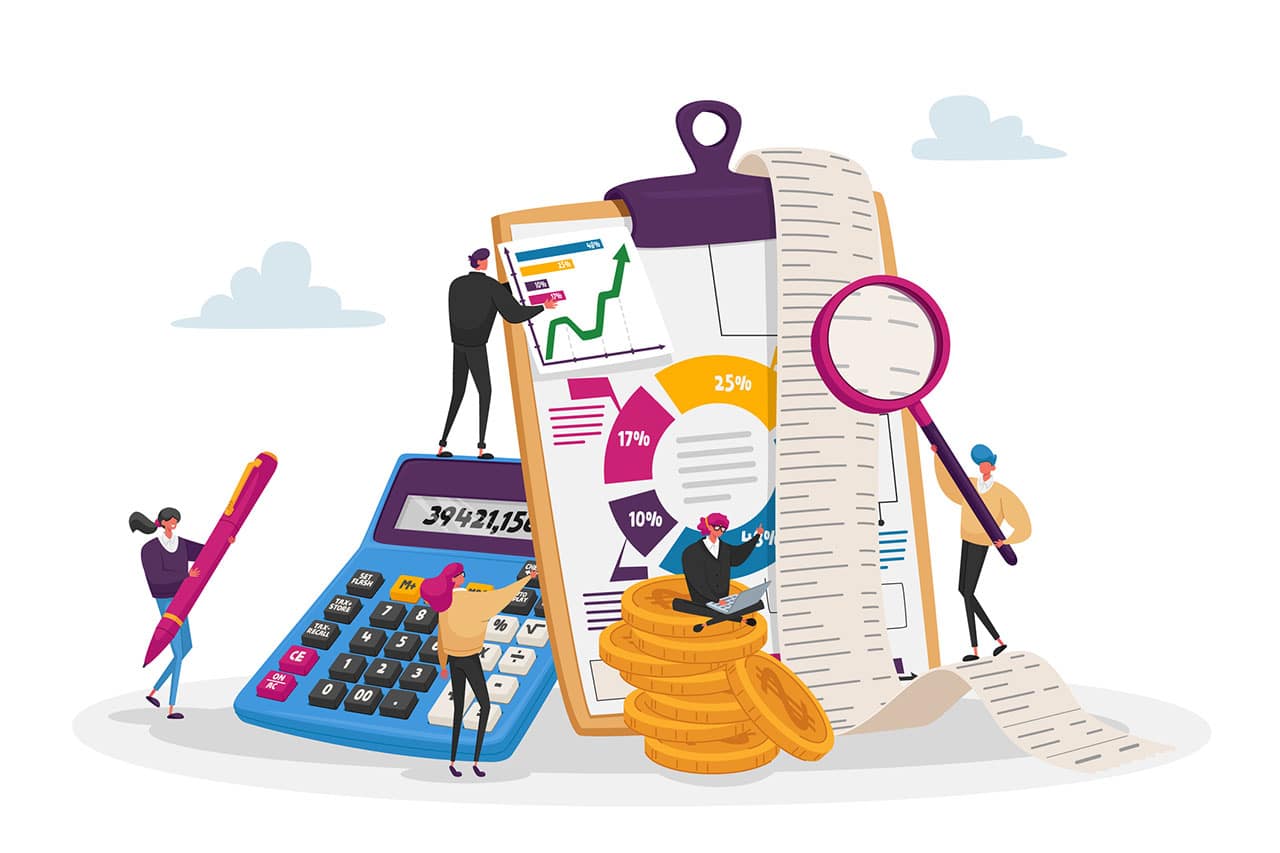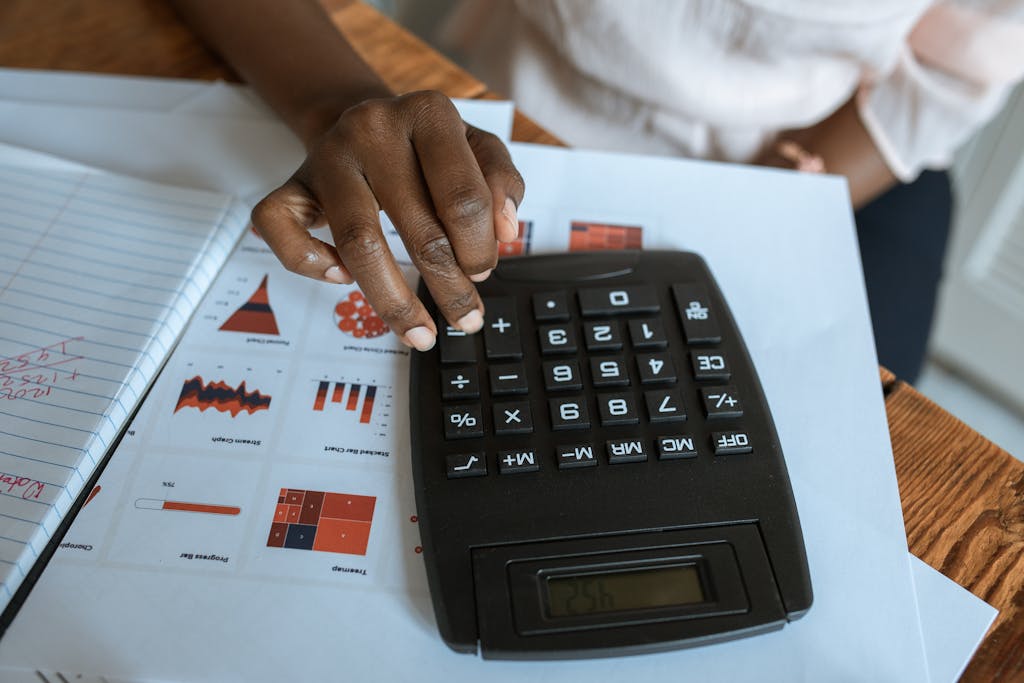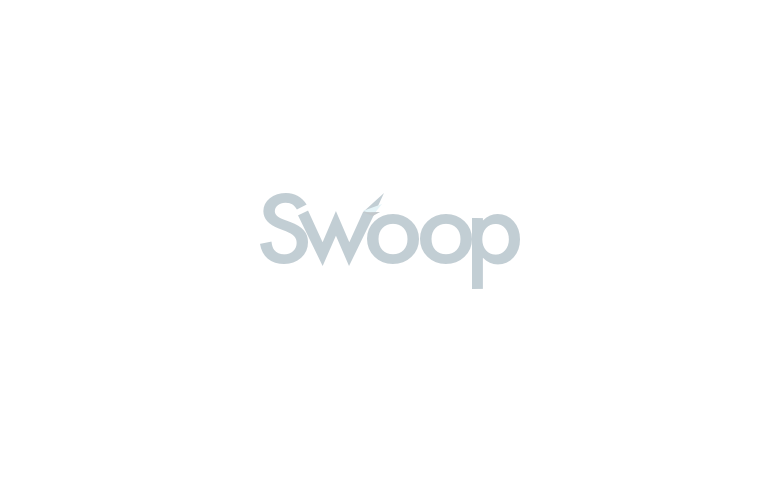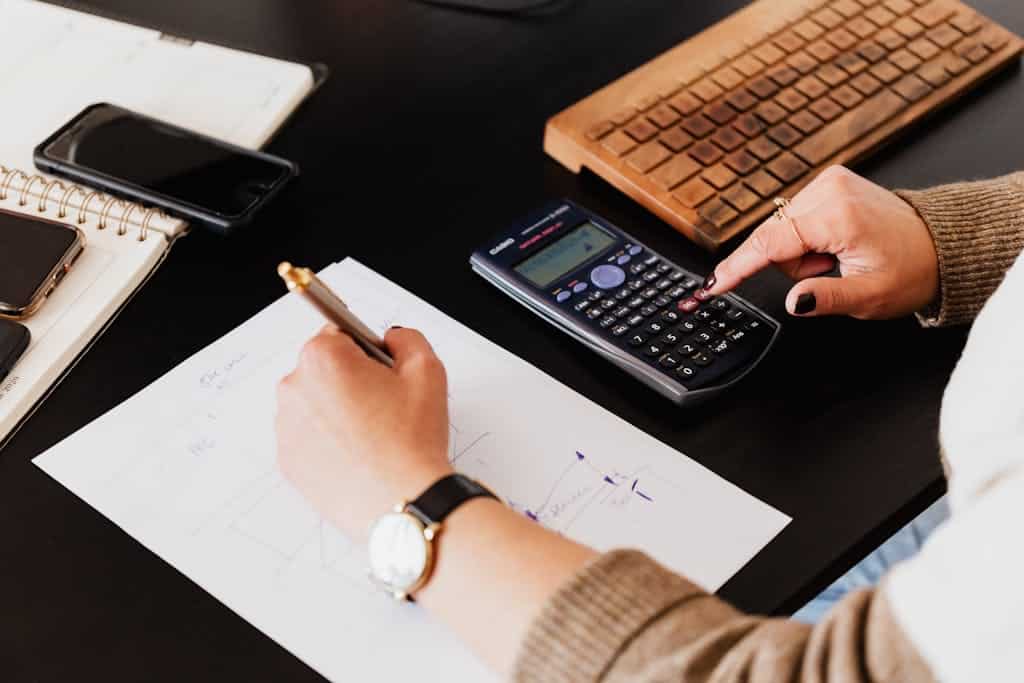Lease calculator
Our lease calculator can help you make informed decisions about acquiring assets, and helping you understand the financial implications and commitments associated with leasing arrangements.
Page written by Ian Hawkins. Last reviewed on May 20, 2025. Next review due April 1, 2026.

Ian Hawkins
Head of Content
Ian Hawkins is Head of Content at Swoop. As a freelance business journalist and filmmaker he has reported from Europe, Central and North America and Africa. His films and writing have appeared on BBC World, Reuters and CBS, and he has spoken at conferences on both sides of the Atlantic on subjects including data, cyber security, and entrepreneurialism.






 yet? Register here!
yet? Register here!